1827 Genoa, Italy. James Smithson died, leaving his fortune ‘to the United States of America, to found at Washington, an establishment for the increase and diffusion knowledge.’ He had never visited the US nor did he know any Americans, but he had read about this new country, while in the old country he had seen private natural history and manuscript collections discarded, broken up, or destroyed by those who did not appreciate them. A biography of Smithson is discussed in another post on this blog for those seeking Enlightenment. Deaths are not usually noted on this blog but Smithson warrants an exception.

1833 Canterbury, Connecticut. White woman Prudence Crandall was arrested and fined for teaching black women to read. A Quaker, Crandall was driven out of town in the backlash fomented by the Pox News of the day. She moved to Kansas.

1922 Chicago, Literature. The American Library Assocaition awarded the first Newbery Medal for children’s literature. Frederic Melcher, one-time book store owner, had long agitated for an award for children’s books to encourage originality and excellence in authors and to direct readers to valuable books. Others joined Mercher and it was named for John Newbery, an 18th Century English bookman, considered the first self-conscious children’s author. Newbery prize winners figured considerably in my earliest reading.

1924 New York City, Politics. The name of suffragette Lena Jones Wade Springs of Tennessee was placed in nomination for the Vice-Presidential place on the Democratic Party presidential slate. This was the first time a woman’s name had been mentioned in an American presidential nominating convention. Oscar Underwood of Alabama made this gesture. Springs received a few votes from the floor and the nomination later went to Charles Bryan of Nebraska, brother to the Great Commoner. This is the famous hung convention that went to 103 ballots for the presidential nomination John Davis was the eventual nominee. A biography of Underwood is discussed elsewhere on this blog.
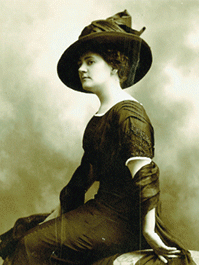
1967 Enfield, England. Barclay’s Bank installed an ATM. Comedy actor Reg Varney inaugurated it, the first of its kind. The device accepted paper cheques with a magnetic strip authorised by a six-digit PIN. The engineers who developed it were inspired by vending machines dispensing chocolate bars. I used one like this in Boston in 1979 which had a tendency to mangle the checks.

26 June
1483 After parliament declared Edward V illegitimate, the Duke of Gloucester became King Richard III. Out came the knives. (Years ago I took my heavily annotated copy Shakespeare eponymous play to a book binder for repair, and….never got it back, despite my several efforts. Gulp! I still miss it.)
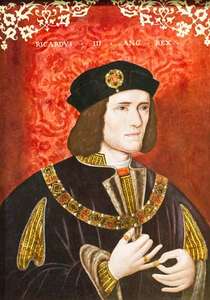
1498 The first documented use of a toothbrush occurred in China. It was made from boar bristles. Psst, such bristles remained in use on toothbrushes until well into the Twentieth Century suitably bleached, standardised, and disguised so that the boar would never recognise itself in the bristles.

1870 Munich, Music. The premier of Richard Wagner’s ‘Valkyrie,’ the second part of the ring Cycle including the Ride of the Valkyries. It was tempting to use a still from that scene in ‘Apocalypse Now’ but forbore.
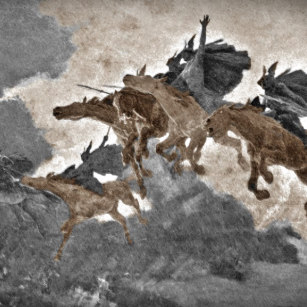
1945 San Francisco, Politics. Australia become one of first twenty-six nations to join the United Nations. Foreign Minister in the Labor government, Dr H. V. Evatt, signed the treaty.
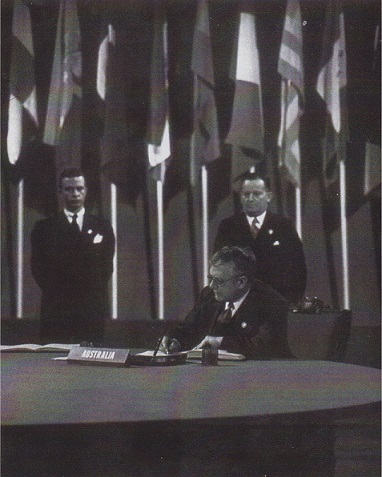
1963 Before the Berlin Wall ‘Ich bin ein Berliner,’ said President Kennedy to an audience of four hundred and fifty thousand who cheered his words in dark days. Only later did the attack of the pigmies. Fake news has been around a long time. The picture below is from a memorial service held in Berlin 2016 for murder victims of a terrorist attack. By the way the Wikipedia entry makes short shrift of the pigmies.
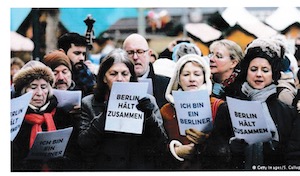
25 June
1678 Padua, Education. Venetian noblewoman Elena Cornaro Piscopia was awarded a doctorate of philosophy, making her the first woman to earn a PhD. She had been a child prodigy in music and languages and the University of Padua near Venice, after several petitions and some financial considerations, allowed her to study theology so that she might better translator gospel texts.

1847 The city of Melbourne was proclaimed. Governor Bourke in Sydney had discouraged settlement around Port Phillip but John Batman disregarded this edict and persisted and prevailed when in a masterstroke he proposed naming the new settlement after the current British prime minister. No longer could Bourke object. This is the origin of the continuing feud between Sydney and Melbourne, much discussed in the latter and unknown in the former.
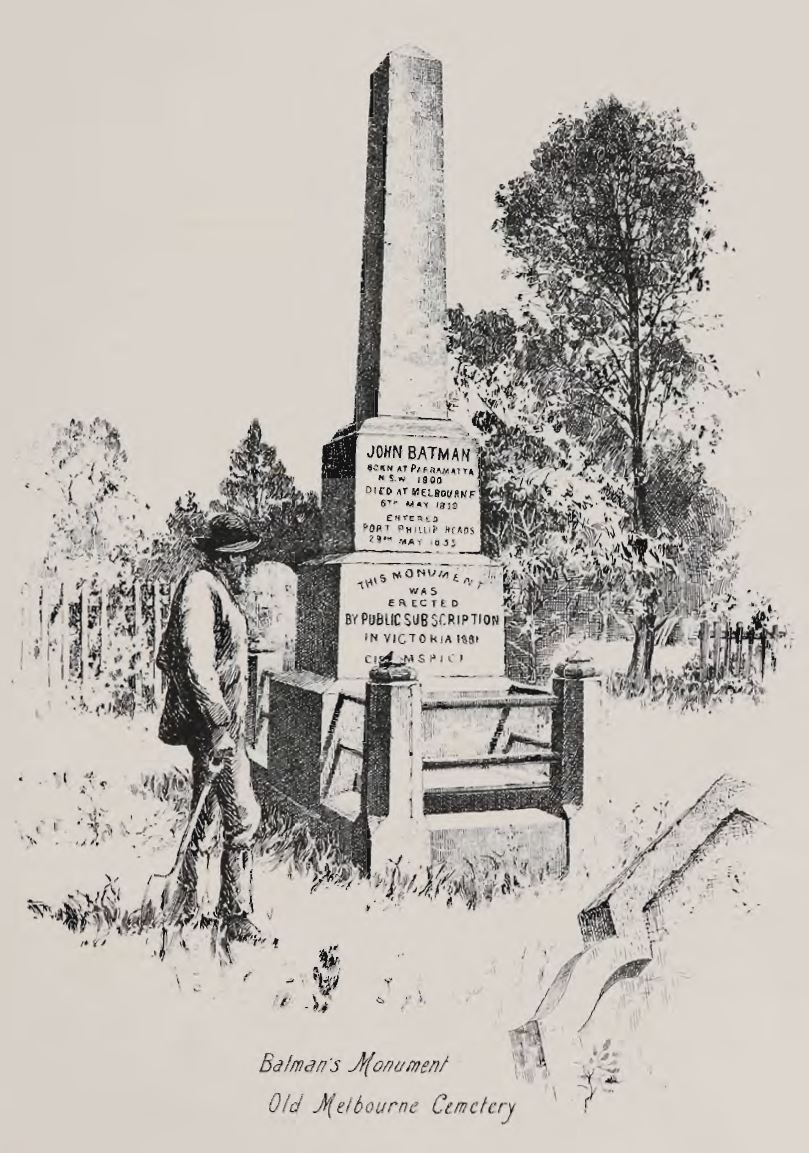
1857 Paris, Literature. Gustav Flaubert went on trial for public immortality for his novel Madame Bovary. Today there is more public immortality on show on television at any time. Flaubert was acquitted and used the experience in another of his novels.

1868 The US Congress legislated an eight-hour day for all federal employees, albeit in a six-day work week.

1978 The first use of the rainbow flag in a march in San Francisco. It is much seen around Newtown but I wonder how many who sport it know the interpretation of the colours as below. I didn’t. The Wikipedia entry is so inclusive that it is incoherent.

24 June
1497 Sailing from Bristol with a commission from English King Henry VII, Venetian navigator Giovanni Caboto landed on the coast of Newfoundland and claimed it for his sponsor. To make it easier to cash pay cheques he called himself John Cabot. He landed at the spot shown below.
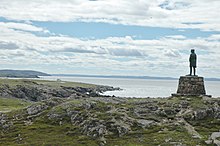
1648 Margaret Brent, an unmarried woman, demanded a voice and a vote in the Maryland Assembly, and was refused. She owned property in her own name thanks to the intervention of Governor Leonard Calvert who also made her executor of his will. The English Civil War spread to the colony with Protestant seaboard raids on the largely Catholic immigrants in which Calvert died. She used the proceeds from his will to pay the soldiers who defended the colony. None of this would convince the Assembly to hear her. She moved shortly thereafter to inland Virginia.
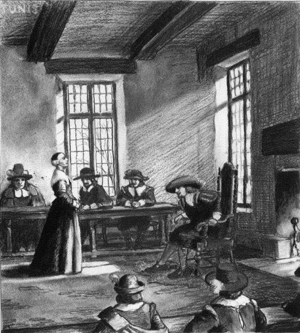
1947 Mount Rainer, WA. Pilot Kenneth Arnold while air spotting for the forest service coined the term ‘flying saucer’ when he reported seeing nine bright objects in a chain formation nearby. The free press exercised its usual responsibility.
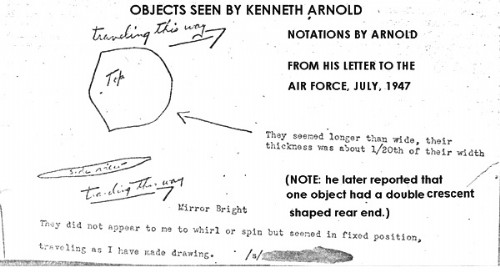
1964 The U.S. Federal Trade Commission required cigarette packing to include warnings about the harmful effects of smoking. See if you can spot it below.

1968 Montréal. Politics. Newly incumbent Prime Minister Pierre Trudeau was pelted by rocks and bottles from Separatists at the annual parade for the patron saint of Quebec, St Jean Baptiste. He refused to leave the exposed viewing platform despite the barrage, and eventually the police restored order. It was part of his life’s work to see-off Quebecois Separatists in favour of Canadian unity. He is shown in the circle below in the front row while others went to take cover. He, of course, was the target, not the others. René Lévesque, then the unofficial leader of the Separatist movement, denounced this assault as cowardly and despicable and walked the streets thereafter with Trudeau in a show of civility. This event is one of the first things I saw on CBC television.
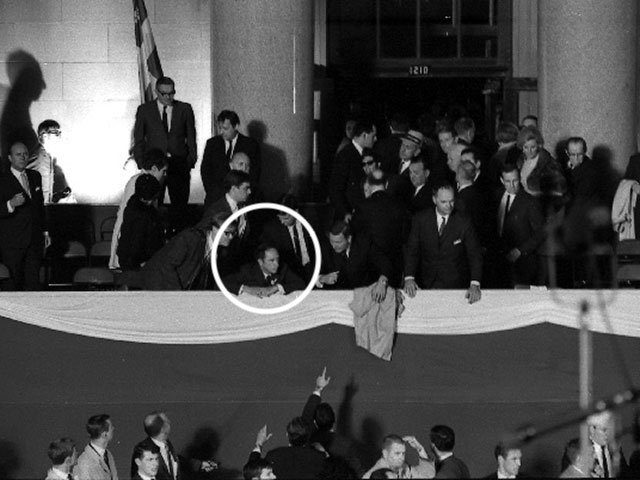
23 June
930 Reykjavik, Iceland. The world’s first parliament was established, the Althing, and it continues today.
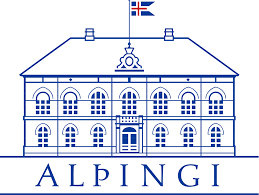
1810 At Circular Quay the first post office in Australia opened. Postal delivery began in 1828 from this post office to nearby residences and offices.

1868 Milwaukee, Technology. Christopher Sholes patented a typewriter with a QWERTY keyboard that someone described as a hybrid kitchen table and piano that produced text.
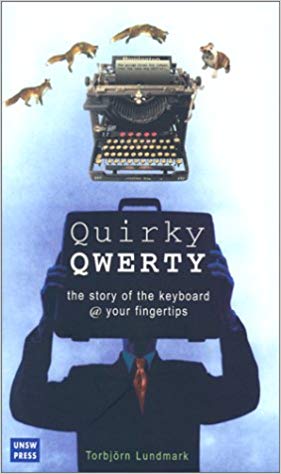
1901 Paris, Art. The Vollard Gallery exhibited seventy-five works by an unknown nineteen-year-old Spaniard. The subjects were diverse and the mode was representational. This was Pablo Picassos’s first exhibition. The few reviews were favourable and a some sales were made, allowing him to continue. Below is a self-portrait from that exhibition.
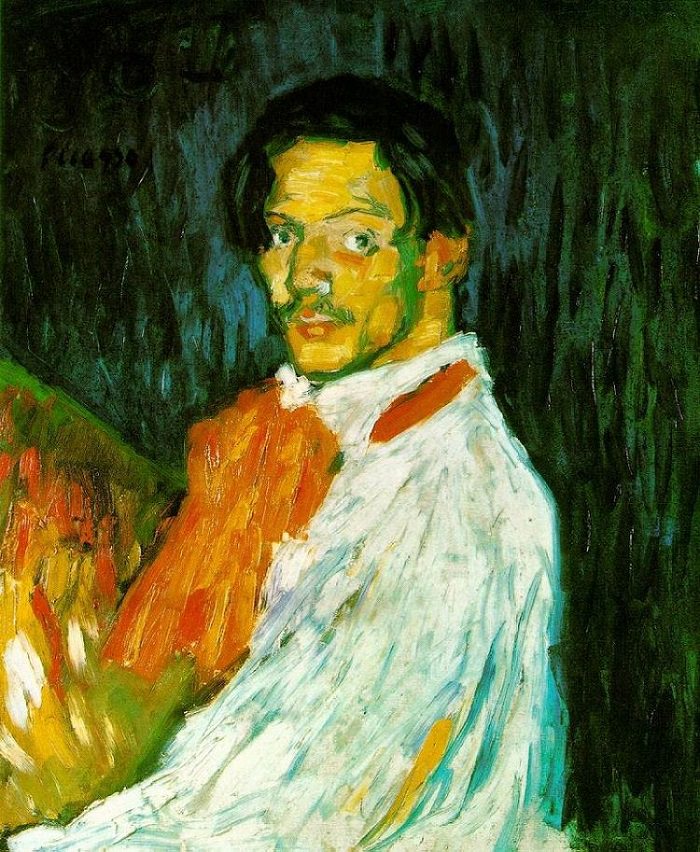
1961 The Antarctic Treaty came into force, ensuring that the continent is used for peaceful purposes, scientific research, and international cooperation. It has remained effective and in force since.
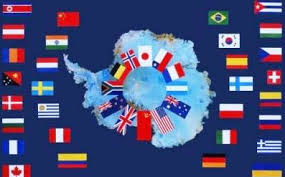
22 June
0000 This is the Winter Solstice in the southern hemisphere with the shortest day of the year followed by the longest night.

1675 King Charles II established the Royal Greenwich Observatory.
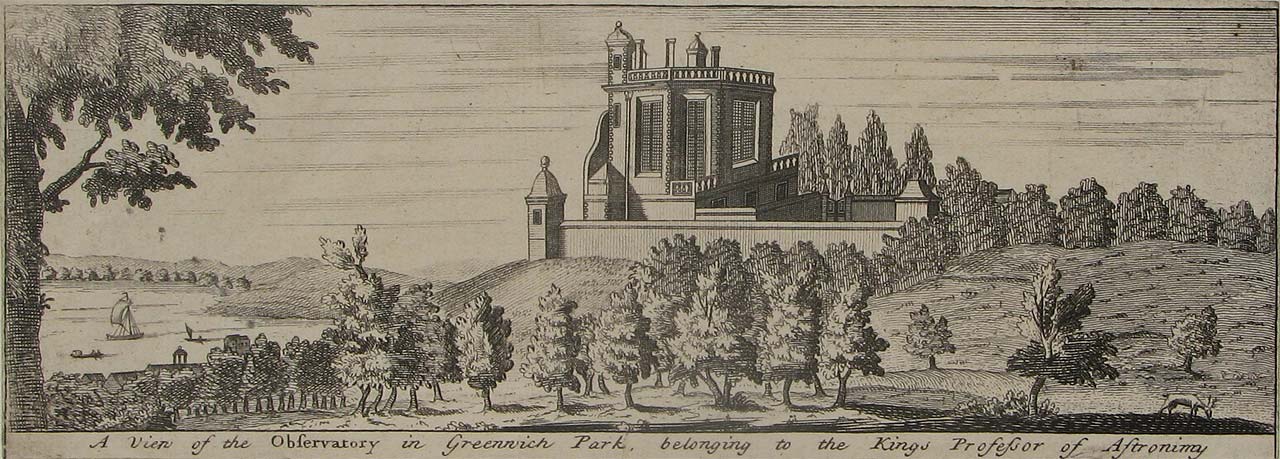
1944 President Franklin Roosevelt signed the Servicemen’s Re-adjustment Act, known as the GI Bill of Rights, to assure returning veterans of a smooth transition back to civilian life with low cost housing loans, unemployment benefits, start-up loans for small business, and funding for education. Soldiers returning from earlier wars often had great difficulty in starting over in civilian life. This bill’s purpose was materially to assist that adjustment. In so doing it transformed higher education from elite to mass because so many veterans used the allowance to go (back) to school.
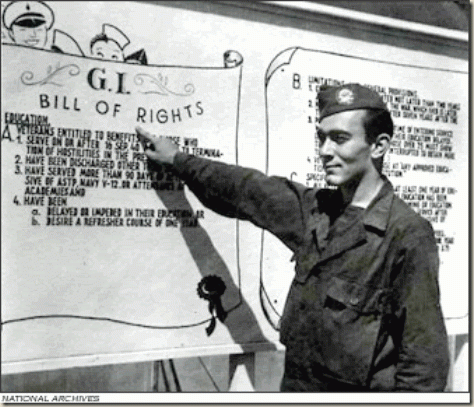
1960 La Révolution tranquille began with the election of Jean Lesage’s Liberal government in Quebec. Lesage had been a protégé of Mackenzie King. English-speaking bankers in Montréal and Toronto would not buy Quebec bonds, so Lesage went to New York City for finance.
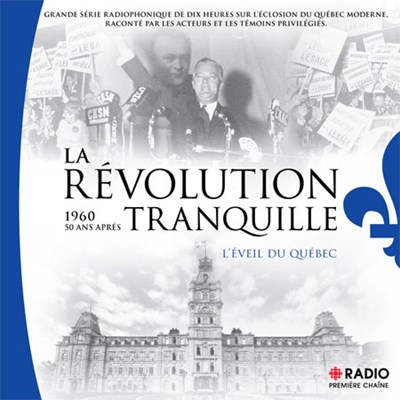
1973 Skylab astronauts splashed down safely in the Pacific Ocean after a record twenty-eight days in space. Skylab included a workshop, a solar observatory, and several hundred life science and physical science experiments. Two more manned missions boarded Skylab in July and November. Plans to stabilise its decaying orbit with a space shuttle mission were not realised in time to stop its re-entry in 1979. Some of the debris of re-entry fell on the property of Kate’s parents in West Australia and we have it framed on the wall. With that background she was keen to see the Skylab replica at the Johnson Space Center in Houston a couple of years ago. Very keen.
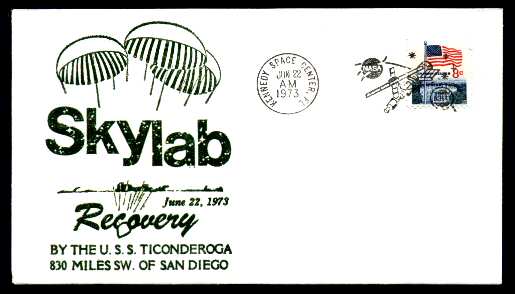
1986 Mexico City, Sports. Only a four months after the Falklands War, while tension remained high, Argentina and England met in the World Cup. Argentine Diego Maradona dribbled past five English defenders to score his second goal in a 2-1 win. This goal has been repeatedly voted the greatest one-man goal in World Cup history. Argentina when on to win the Cup in 1986. His ‘Mano de Dios’ goal was scored earlier in this game, and it is the one most closely associated with him. By the way the referees who allowed this goal to stand were from Sweden and Ghana.
21 June
1307 Peking, Politics. Wuzong (Wu Tsung or Chih-Ta) of Yuan became Mongol Emperor of China. He distributed the works of Confucius in the land and supported Buddhists temples. Paper money was used extensively during this period, although only two examples of Yuan Dynasty paper money remain today. For that reason the Chinese currency has been called Yuan. I could not find any images of the currency. N.B. the Wikipedia entry on this man is a mess.

1788 Concord, New Hampshire was the ninth state to ratify the United States Constitution securing the necessary three-quarters of states.
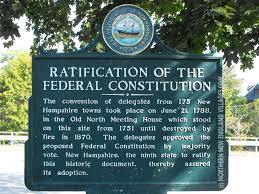
1934 Lincoln, NE. Samuel Herman Gottscho snapped this photograph of the north facade of the Nebraska state capitol in Lincoln, Nebraska. Gottscho photographed architecture for years and compiled an archive of 45,000 items now held by the Library of Congress.

1948 Dr Peter Goldmark of CBS Laboratories demonstrated the long-playing record with twenty minutes of music on each side. Although the RCA 78s offered a higher quality sound, when played on the right but expensive equipment, the length of the LP made it a market success. Goldmark was motivated by the desire for longer pieces of classical music, like that of Johannes Brahms, to be played without interruption.
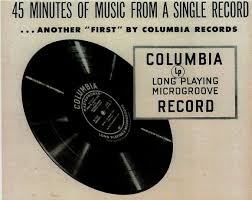
1956 Washington, DC, Politics. University of Michigan graduate playwright Arthur Miller refused to answer questions before the House Un-American Activities Committee. He was stripped of his passport, and cited for contempt of Congress and fined. A later appeal exonerated him. Pictured below is the HUAC circus at work destroying careers and lives without achieving anything.
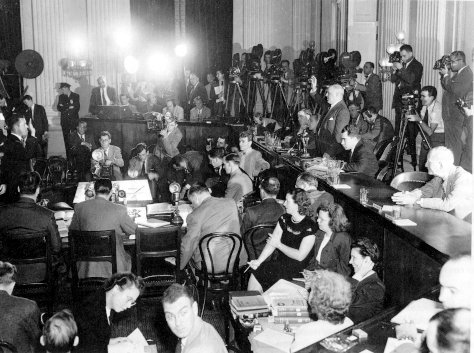
20 June
1214 Oxford University was chartered and the plumbing was installed which has since remained unchanged. Its purpose was to train priests. Been to conferenceville there a few times. Once in January at New College we all wore scarves, hats, and gloves at the college dinner table.
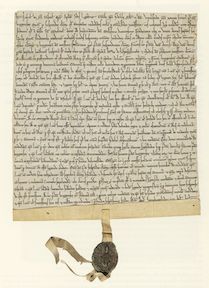
1789 Paris. Members of the Third Estate took the Tennis Court Oath. In a fiscal crisis, the King had called each of the three Estates into session to raise taxes. The Third included wealthy merchants and land owners and officials of towns and villages who were to represent 98% of the population. To insure that the members voted as the King Louis XVI wished, once assembled in the royal tennis court, the doors were locked. They numbered 577 and they agreed unanimously not to vote new taxes. This was the first open rebellion against the status quo in the slide to the French Revolution.
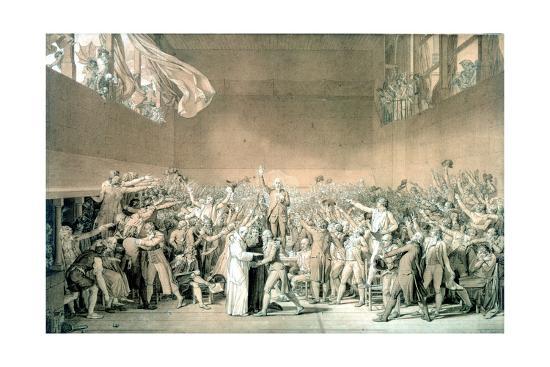
1819 Liverpool, Technology. The paddle-wheel steamship Savannah arrived after a voyage from Norfolk Virginia of twenty-seven days. The first steam-powered ship to cross the Atlantic Ocean. The engine and wood fuel took up so much room there was little cargo so that there was no commercial gain, and the ship was converted back to sail. It was twenty years before another steamship made the passage.
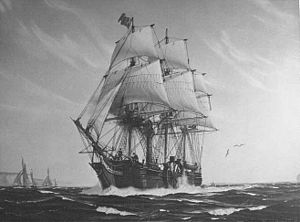
1963 Moscow. The Soviet Union and the United States agreed to establish a hotline telephone to ally nuclear tensions. Since that time many people have claimed credit for suggesting the idea, but none of them negotiated with the Soviets.

1979 Washington, Environment. President Jimmie Carter marked the installation of solar energy panels on the White House which were removed by his successor never to return.
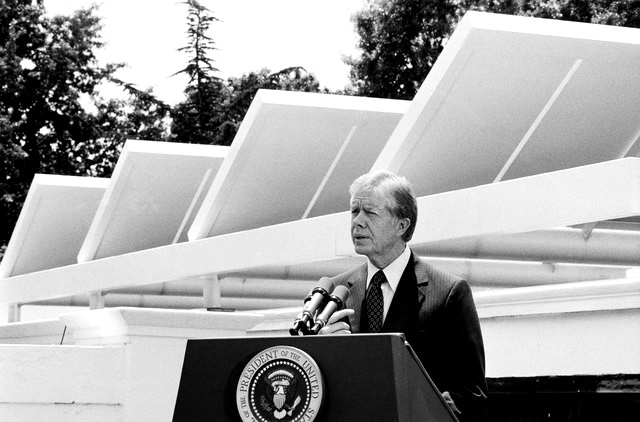
19 June
240 The Librarian at Alexandria Eratosthenes estimated the circumference of Earth using two sticks and his brain to within sixty-six miles of accuracy. He measured shadows at the same time in different places to asssess the curvature of the earth’s surface, which curvature is today denied by Flat Earth Republicans who fear falling off the edge unarmed.

1741 Berlin, Science. Prussian King Frederich the Great appointed Leonhard Euler a professor. Euler was a prolific mathematician whose discoveries include infinitesimal calculus and graph theory along with pioneering contributions to topology and analytic number theory. Even more important was his introduction of terminology and notation that remains in use. He published more than sixty books.

1829 London. Sir Robert Peel introduced the Metropolitan Police Act to establish a single, unified force in the London region. These were officers were called Peelers, and only later Bobbies. Every effort was made to distinguish the police from the army in uniform style and colour, ranks, and rules of conduct. It was standardised, professional, civilian, and answerable to the public. Below some 1829 Peelers. (When Peel later was Prime Minister he tried to assuage the onset of the Irish Potato famine and lost his office as a result of the costs thereof.)
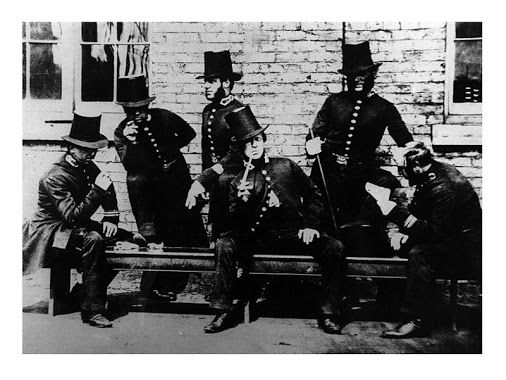
1889 Naples, Cuisine. Chef Raffaele Esposito honoured Queen Margherita of Savoy by using a flatbread base and topped it with a combination of fresh tomato, mozzarella, and basil for the colours of the new Italian flag. Thus was born the pizza. The etymology of the term is clouded but one suggestion is that the word entered use in the Italian peninsula from the Byzantine world where it referred to flat bread like pita today.
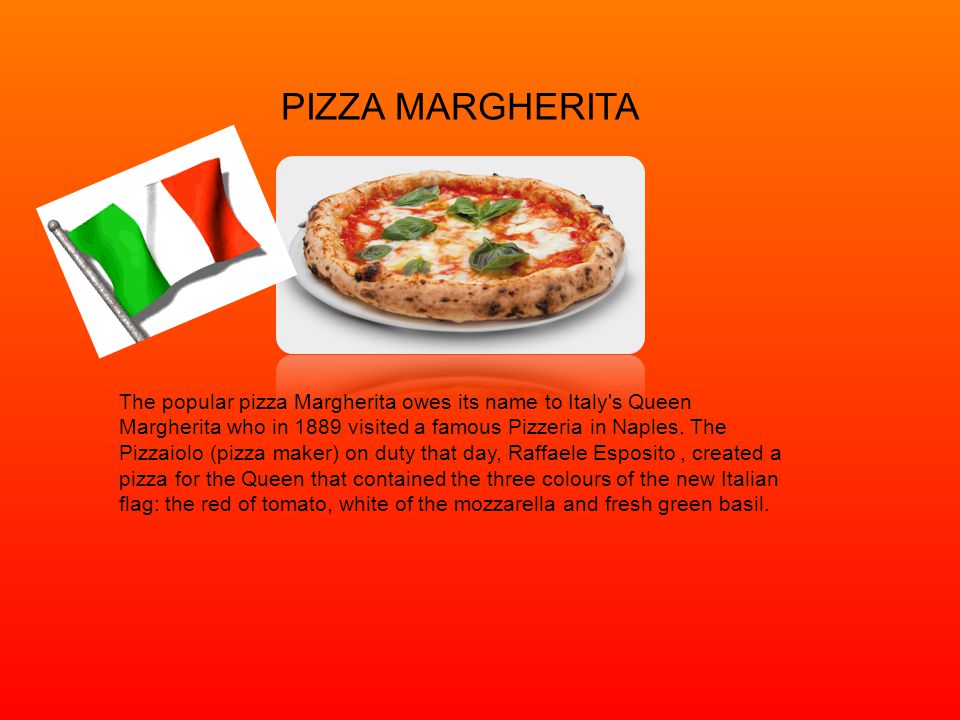
1917 The British royal family renounced all its German names and titles and took the name Windsor as an act of patriotism. It was a very popular move at a dark time in World War I.

18 June
1873 Susan B Anthony was fined $100 for having tried to vote in the presidential election in the previous November. The Susan B Anthony silver dollar was minted in 1979 in her honour. Those who prosecuted her have no such memorial.
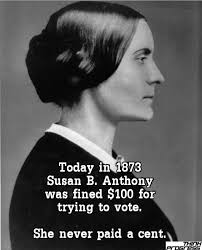
1923 The first Checker Cab hit the street in Kalamazoo Michigan. It was designed and built specifically to be a big city taxi, first in Chicago. A Russian immigrant and his family cobbled together the finance to build the first ones and were soon producing a hundred a month. In the 1960s Checker produced 8000 cars a year. Durable, manoeuvrable, dent-proof, and comfortable for driver and passengers, at twice the weight of a typical sedan they were also gas guzzlers. The last one was built in 1982. Ridden in a few but not the one Travis Bickle drove in 1976. Phew!

1960 Denver, Sports. A young man from the steel mill country of Pennsylvania won the Masters Gold Tournament in a remarkable last round in which he overcame a seven stroke deficit to tie and then set a course record that stood for years. This was Arnold Palmer whose simple speech, working class background, and affinity with the crowd was a breath of fresh air at a time when golf was the preserve of the idle rich. He learned golf early in morning and in the evening twilight in the private club where his father worked because he was not allowed on the greens when club members were active. In 1971 he bought that golf club and made it public.
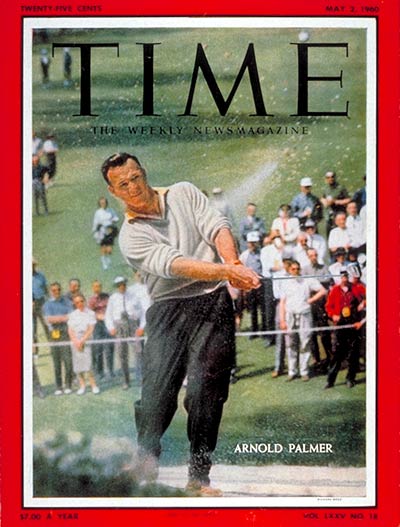
1979 Vienna. President Jimmy Carter and Soviet First Secretary Leonid Brezhnev signed the SALT-II Treaty, limiting strategic nuclear weapons. Though never ratified, thanks to disruption caused by the Soviet invasion of Afghanistan, both parties observed its strictures. I heard the West German foreign minister of the day describe it as the most important treaty ever mooted.
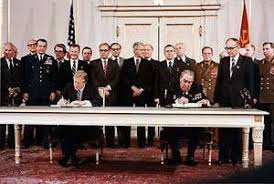
1983 Cape Canaveral. Sally Ride in Challenger went into a near Earth orbit. She was responsible for the guidance systems on ascent and descent, as well as operating the Canadarm to retrieve an orbiting satellite. This latter operation was the first time it had been tried and it succeeded.

